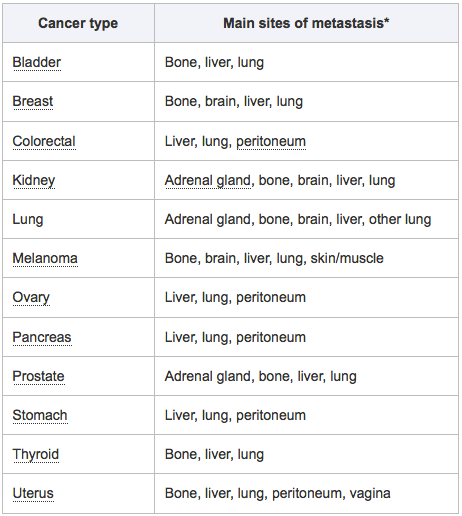
At their most vulnerable moments, patients with cancer and their caregivers may often find one thought returning to nag them – “Why haven’t we cured cancer yet?” Considering the billions of dollars that are pumped into cancer research each year, it might seem surprising that we do not yet have a cure for cancer. A deeper look at the nature of the disease and the challenges in cancer research can give you a better understanding of why this is so.
1. It’s not one disease
If cancer were just one disease, finding a cure would have been several times easier. Unfortunately, cancer is a group of hundreds or thousands of diseases. It develops when cell damage results in mutations. Depending on the kind of damage and the type of mutation, cancer can be a different disease each time. This eliminates the possibility of a blanket cure for cancer. And to find treatments that work for each of the many diseases in the group, it can take years.
2. Cancer is constantly evolving
Cancer is also constantly evolving, even within the same tumor. Cancer cells undergo a series of many molecular and genetic changes over time. And because of these changes, the nature and behavior of the cancer is altered, making the malignant cells more aggressive and increasingly resistant to radiation, chemotherapy, and immunotherapy. To truly beat cancer, it’s essential to conquer the ability of cancer cells to evolve and grow resistant to potent drugs.
3. Metastasis is a hindering factor
Cancer cells can break away from the primary tumor and spread to other organs in the body. This is known as metastasis. For instance, a cancer that develops in the breast can spread to the bones, lungs, liver, or brain. Around 90% of cancer deaths occur due to metastasis. Spreading of cancer cells makes it harder to treat and cure cancer, because it’s more likely to be aggressive and drug-resistant. And of the 200+ anti-cancer drugs developed and approved, none has the capacity to inhibit and prevent cancer metastasis.

4. Tumors can be complex
Aggressive tumors can be difficult to treat, because they may be composed of different kinds of cancerous cells. Different genetic mutations within the same tumor give rise to sub-clones. Developing a cure for cancer that displays this kind of heterogeneity is extremely hard. This is because drugs that kill some sub-clones in a tumor may be ineffective on other sub-clones within the same tumor. Heterogeneity combined with drug-resistance makes cancer almost unconquerable because it’s like trying to shoot a moving target.
5. Lack of complexity in lab-grown cultures
Current treatments for cancer are developed after scientists study cancer cells extracted from human tumors and grown in lab cultures. These lab-grown cells lack the complexity of a live tumor in an actual patient. As a result, new drugs that work on the lab-grown specimens remain ineffective on cancer cells in a patient. This is why many clinical trials fail. The rate of failure stands at a staggering 97%. Only around 1 in 10 drugs that make it to human clinical trials are approved by the FDA.
6. Discrepancy in funding hinders research
There is a stark difference in the level of funding for various kinds of cancer research. This makes it harder to find a cure for cancer when it comes to certain strains of the disease. Brain cancer, leukemia, breast cancer, and cervical cancer appear to be overfunded. Other cancers like pancreatic, lung, colorectal, oral, liver, and bladder cancers are underfunded. Without the funds needed to get a new drug or treatment to the clinical trial stage, a cure for cancer of all kinds remains out of reach.
In spite of these challenges, there’s still the occasional good news. Personalized cancer vaccines could be made available by 2020. Developments in immunotherapy have proven to be successful in reducing and even destroying melanoma and triple-negative breast cancer.
Nevertheless, until a cure for cancer of all kinds is developed, all you can do is ensure that you follow a healthy lifestyle. This can greatly reduce the risk of developing lifestyle-related cancers. As for other strains of the disease, there’s no saying whom they’ll affect. So, it’s advisable to invest in a comprehensive cancer insurance plan. Most cancer insurance policies cover various aspects of treatment like the cost of hospitalization, surgery, and medicines. Take a look at the fine print so you’re aware of what your cancer insurance policy includes.


Comments